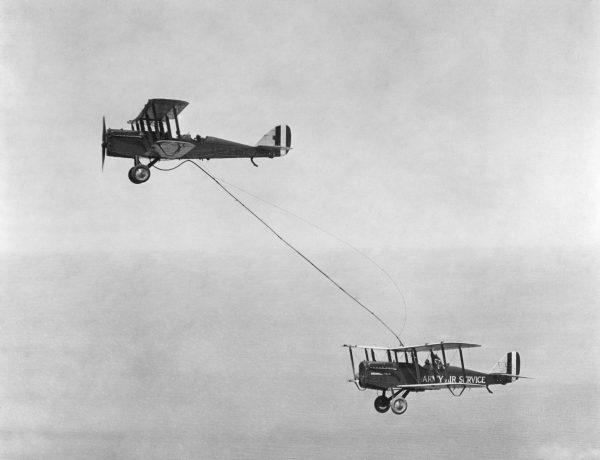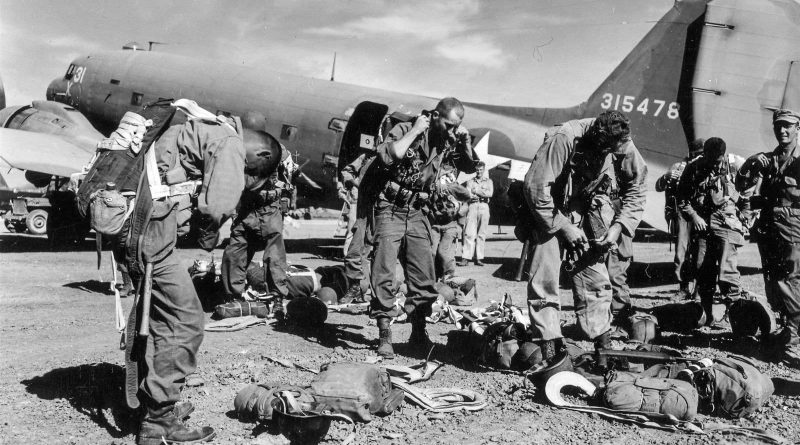June 23 in U.S. military history
1812: Immediately after Congress declares war against the United Kingdom, a squadron of American ships led by Commodore John Rodgers sails to intercept a British convoy sailing from Jamaica. When the frigate HMS Belvidera is spotted, Rodgers personally aims and fires the first shot of the War of 1812 – the cannonball striking the British ship’s rudder and penetrating the gun room.
1865: Confederate Brig. Gen. – and Cherokee chief – Stand Watie surrenders his First Indian Brigade of the Army of the Trans-Mississippi to Union forces in Oklahoma Territory, becoming the last general to surrender in the Civil War.
1923: Over the skies of San Diego, an Army Air Service DH-4 biplane flown by Capt. Lowell Smith tops off its fuel tanks from a hose attached to another DH-4, marking the world’s first mid-air refueling operation.

1944: During one of the largest bombing missions of the war, 761 bombers of the 15th Air Force attack the oil fields at Ploesti, Romania.
When one of the B-17s on the raid is damaged by flak and has to drop out of formation, bombardier 2nd Lt. David R. Kingsley drops his bombs and goes to the back of the aircraft to administer first aid to the wounded tail gunner. When another gunner is wounded by enemy aircraft, Kingsley attends to him as well. When the pilot orders the crew to abandon the plane before it explodes, Kingsley gives one of the wounded gunners his own parachute, sacrificing his life. His body is later discovered in the burned wreckage of the plane, and Kingsley is posthumously awarded the Medal of Honor.
1945: (Featured image) As the Sixth Army drives north to encircle the remaining Japanese forces on northern Luzon Island in the Philippines, paratroopers from the 11th Airborne Division perform their last combat jump of the war and cut off Gen. Tomoyuki Yamashita’s Shobu Group’s retreat.
1969: The Special Forces Camp at Ben Het in Vietnam’s Central Highlands, eight miles east of the border with Laos and Cambodia, is cut off and besieged by North Vietnamese Army. Over the next several days B-52s fly 100 strikes while fighter-bombers, artillery, and helicopter gunships hammer the NVA until the Americans are relieved on July 2nd.
